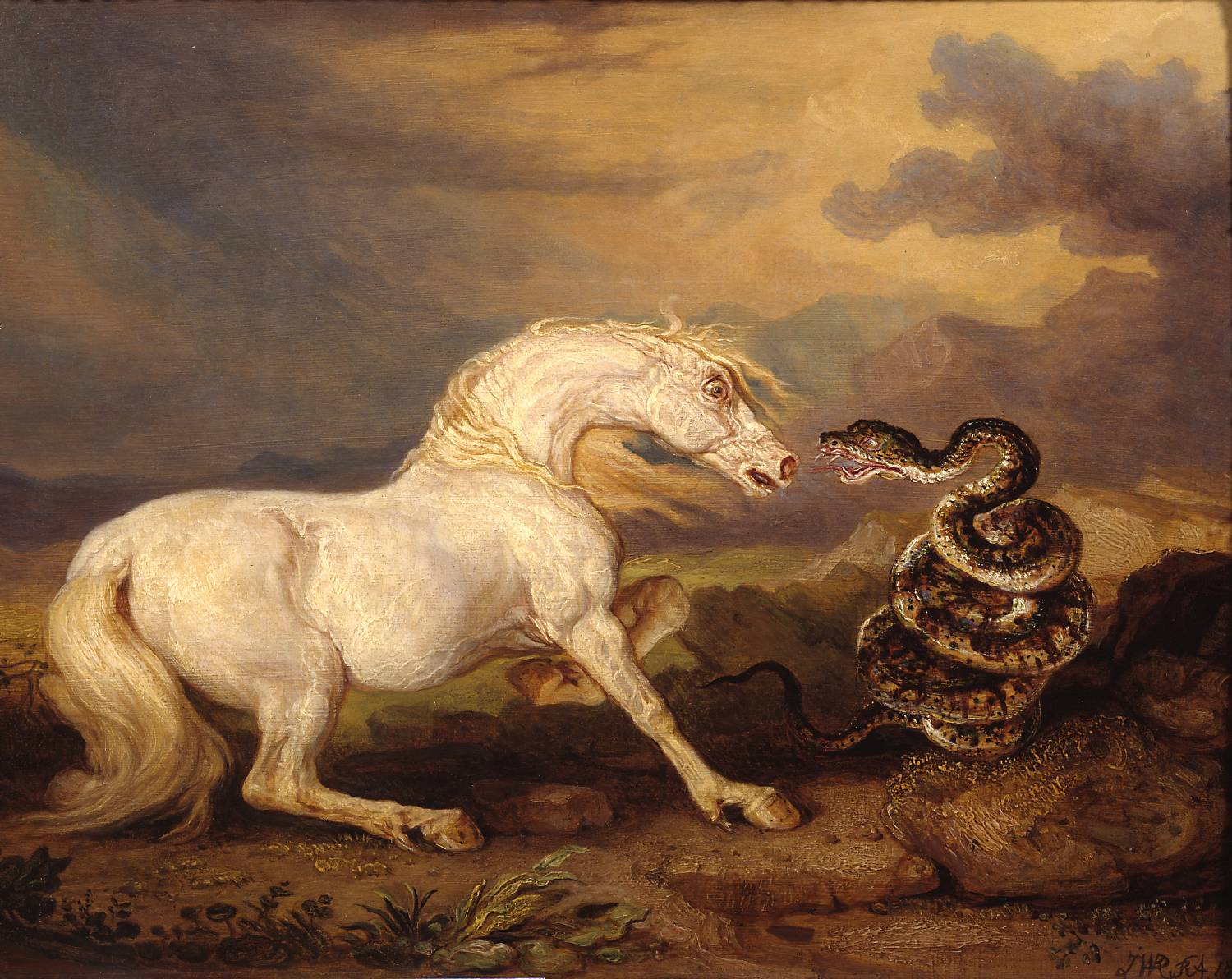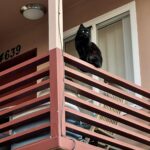From the first to the fifteenth of August there was a heat wave, and two more victims were found. The first was thirteen-year-old Marina Rebolledo. Her body was discovered behind Secondary School 30, in Colonia Félix Gómez, a few yards from the state judicial police building. She was dark, long haired, slightly built, five foot two. She was wearing the same clothes she’d had on at the moment of her disappearance: yellow shorts, white blouse, white socks, and black shoes. The girl had left her house, at 38 Calle Mistula, in Colonia Veracruz, at six in the morning to walk her sister to work at a maquiladora in Arsenio Farrell industrial park, and she never came back. That same day her family filed a missing person report. Two of the girl’s male friends, fifteen and sixteen years old, were arrested, but after a week in jail they were both released. On August 15, the body of Angélica Nevares, twenty-three, was found near a sewage ditch west of General Sepúlveda industrial park. Angélica Nevares, better known as Jessica, lived in Colonia Plata and was a dancer at the nightclub Mi Casita. She had also worked as a dancer at the nightclub Los Héroes del Norte, whose owner, Marisol Camarena, had been found not long ago in a drum of acid. Angélica Nevares was from Culiacán, in the state of Sinaloa, and she had been living in Santa Teresa for five years. On August 16, the heat broke, and a slightly cooler wind began to blow from the mountains.
Roberto Bolaño, 2666, “The Part About the Crimes”
These scenes and scenes like them were repeated night after night. The citizenry made address to the governor but he was much like the sorcerer’s apprentice who could indeed provoke the imp to do his will but could in no way make him cease again. The baths had become bordellos, the attendants driven off. The white stone fountain in the plaza was filled at night with naked and drunken men. Cantinas were evacuated as if by fire with the appearance of any two of the company and the Americans found themselves in ghost taverns with drinks on the tables and cigars still burning in the clay ashtrays. Horses were ridden indoors and out and as the gold began to dwindle away shopkeepers found themselves presented with debits scrawled on butcherpaper in a foreign language for whole shelves of goods. Stores began to close. Charcoal scrawls appeared on the limewashed walls. Mejor los indios. The evening streets stood empty and there were no paseos and the young girls of the city were boarded up and seen no more.
On the fifteenth of August they rode out. A week later a company of drovers reported them investing the town of Coyame eighty miles to the northeast.
Cormac McCarthy, Blood Meridian
On another note, Coroner put out their first new music in over thirty years! It kind of sounds like every high school band I was in that tried to ape their style. Full album Dissonance Theory dropping October 17th. Hope it’s better than the singles promise, but the idea of Coroner dropping an album in my lifetime has seemed a more remote possibility every year.



Leave a Reply